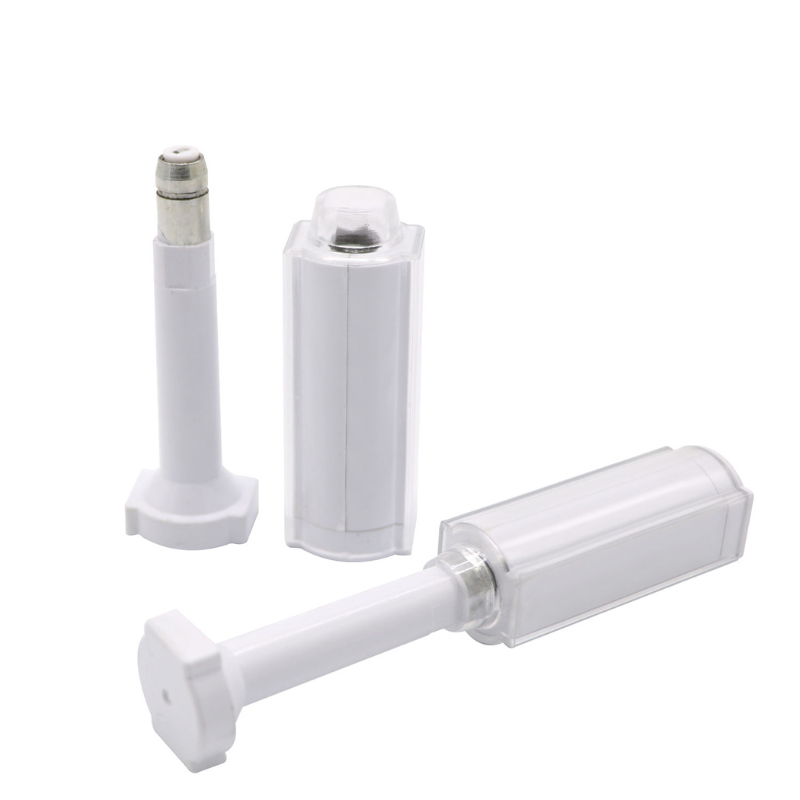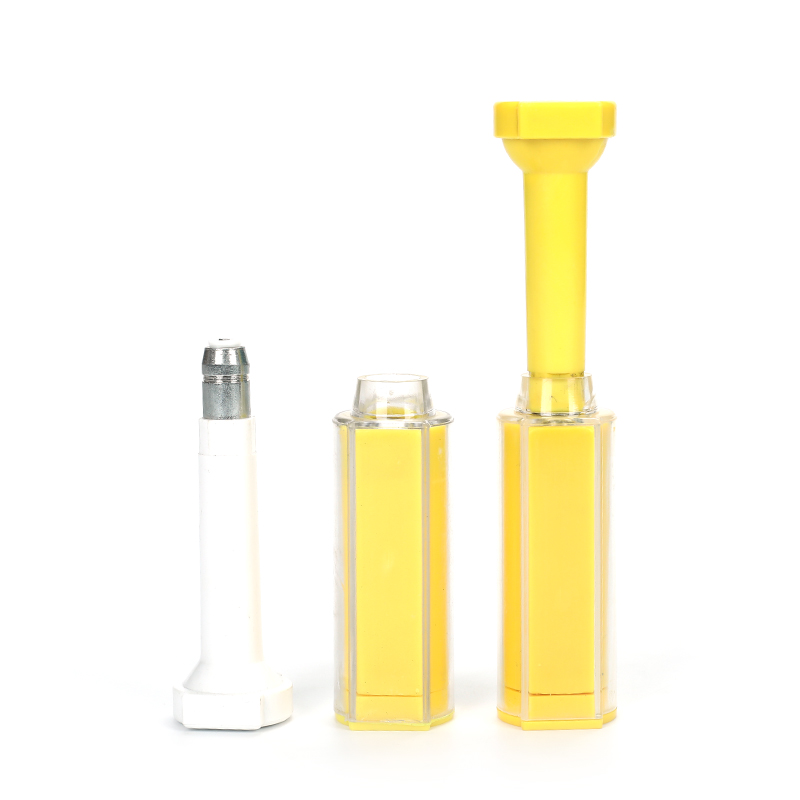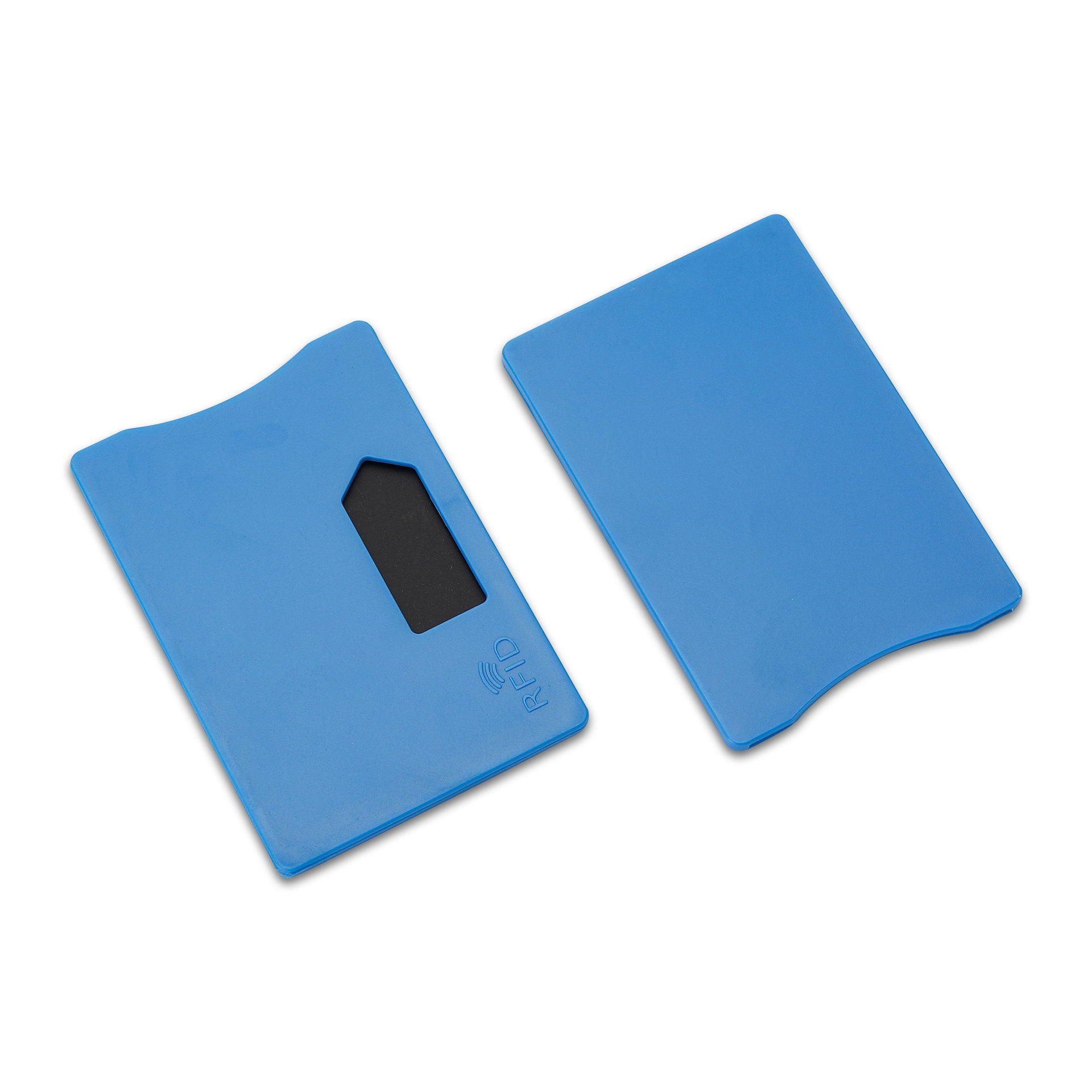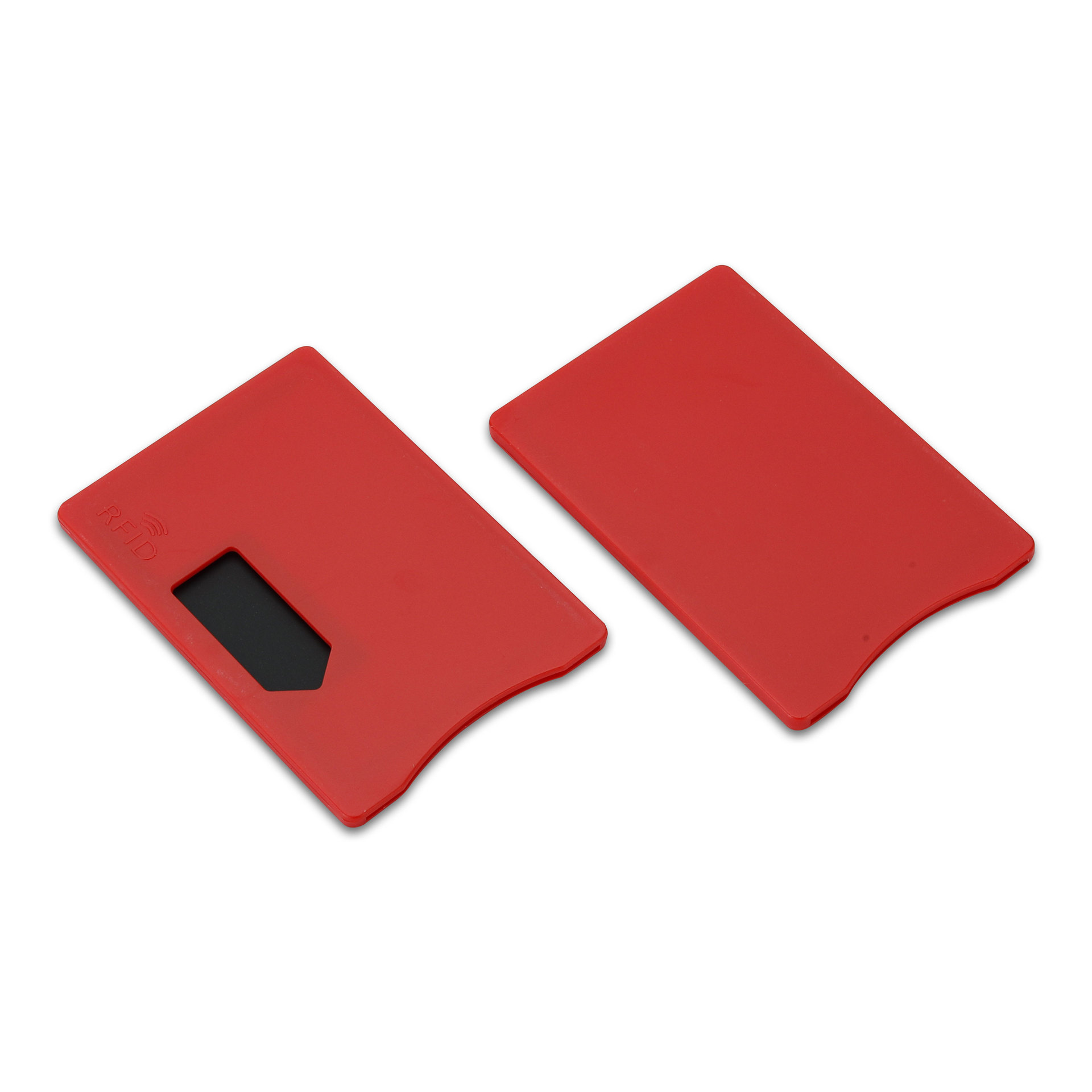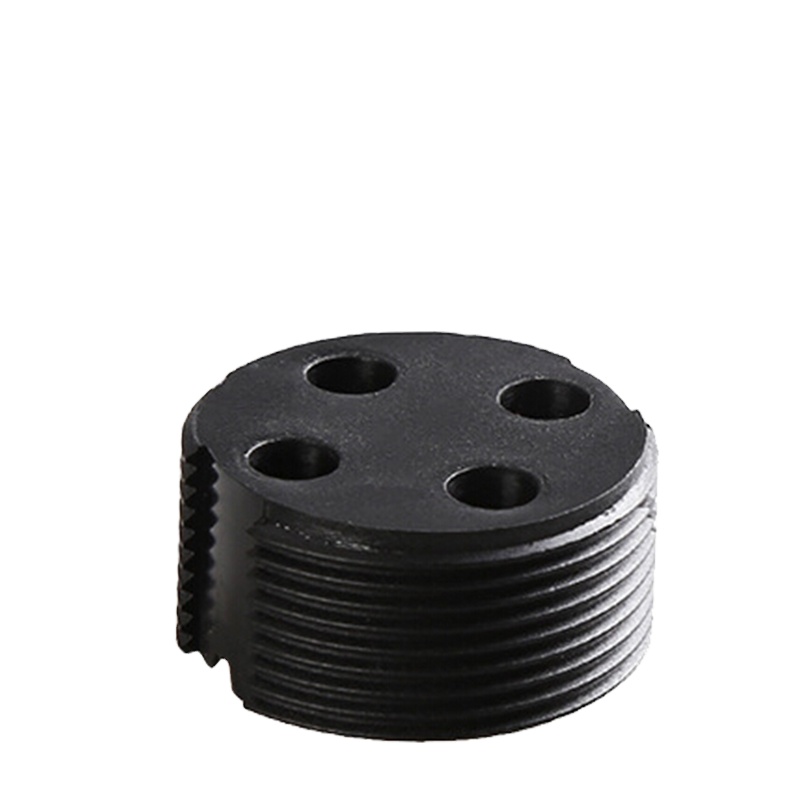
How do RFID Cards Work?
Table of Contents
How RFID Cards Work: A Complete Guide
In this article, we’ll explore the technology behind RFID cards, their components, and why they are essential for modern systems. We’ll also discuss RFID blocking to protect against unauthorized access and how to choose the right RFID card for your needs.
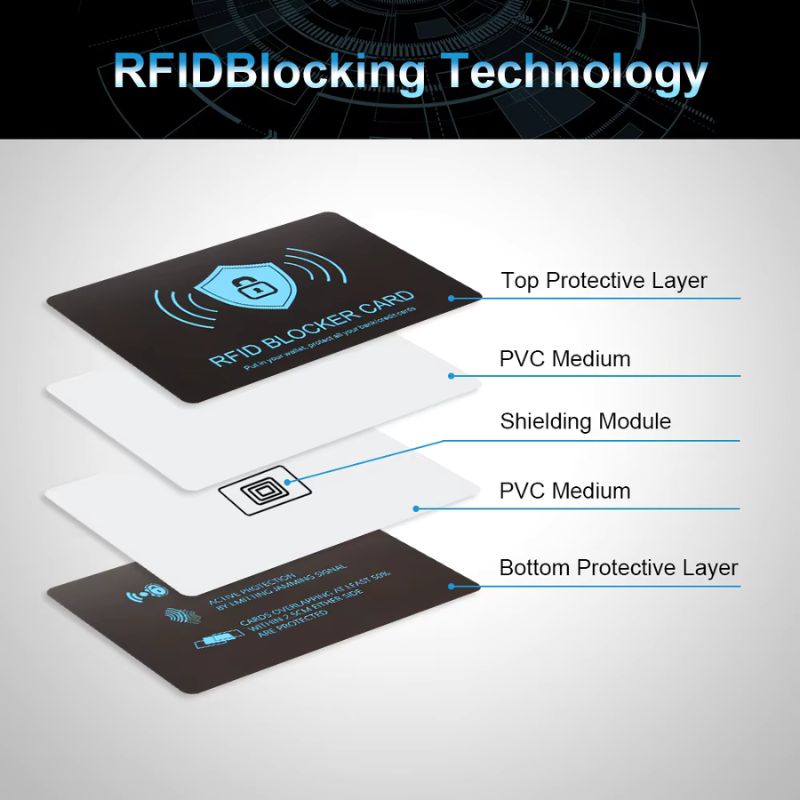
What is an RFID Card?
An RFID card is a contactless smart card that transmits data wirelessly using Radio Frequency Identification (RFID) technology. These cards are widely used in access control, payment, and asset tracking systems.
Features of RFID Cards:
- Contactless Operation: No physical interaction with the reader is needed.
- Security: Equipped with encryption to protect sensitive data.
- Durability: RFID cards are built to withstand daily wear and tear.
“RFID cards have become a key technology in industries ranging from supply chain management to secure access systems.”
How Does an RFID Card Work?
RFID cards work by using embedded chips and antennas to communicate with an RFID reader. When the card is brought near the reader, the electromagnetic field powers the chip, enabling data transmission.
Steps in RFID Communication:
- The RFID reader emits a radio signal.
- The card’s antenna picks up this signal, powering the embedded chip.
- The chip transmits stored data back to the reader.
- The system processes the data to grant or deny access.
This seamless communication between the card and the reader allows for fast and secure operations.
Components of an RFID Card
RFID cards consist of three primary components:
- Chip: Stores data and processes communication.
- Antenna: Facilitates the exchange of data via radio signals.
- Substrate: The durable material encasing the chip and antenna.
These components work together to make RFID cards highly reliable and efficient.
Types of RFID: Active, Passive, and Semi-Passive RFID
There are three main types of RFID cards:
1. Passive RFID Cards
- Power Source: No internal power; relies on the reader’s electromagnetic field.
- Read Range: Limited to a few meters.
- Applications: Payment systems, access control, and inventory tracking.
2. Active RFID Cards
- Power Source: Contains a built-in battery.
- Read Range: Up to 100 meters or more.
- Applications: Logistics and asset tracking in large facilities.
3. Semi-Passive RFID Cards
- Power Source: Uses a small battery but relies on the reader for activation.
- Applications: Hybrid use cases requiring moderate range and power.
“Selecting the right RFID card depends on your specific requirements, such as range, power source, and application.”
Applications of RFID Cards in Access Control and Beyond
RFID cards are highly versatile and used in numerous industries:
Access Control:
- Used in offices, schools, and secure facilities to grant authorized access.
- Replaces traditional keys for convenience and security.
Payment Systems:
- Contactless payment cards enable fast and secure transactions.
- Widely used in transit systems and retail.
Supply Chain Management:
- Tracks goods and assets across the supply chain.
- Improves inventory visibility and reduces human error.
What is RFID Blocking and Why is it Important?
RFID blocking is a technology designed to protect RFID cards from unauthorized scanning. With the rise of contactless cards, the risk of data theft has also increased.
How RFID Blocking Works:
- RFID-blocking wallets or sleeves create a shield that disrupts radio waves, preventing the card from communicating with unauthorized RFID scanners.
Benefits of RFID Blocking:
- Protects sensitive personal information.
- Prevents identity theft and fraud.
- Ensures peace of mind for users.
“Investing in RFID blocking solutions is a smart way to safeguard your data from prying eyes.”
How RFID Enhances Security in Access Control Systems
RFID technology is a game-changer for access control systems, offering:
- Real-Time Monitoring: Tracks who enters or exits a facility.
- Scalability: Easily integrates with other RFID systems for large-scale operations.
- Custom Access Levels: Grants different access privileges based on user roles.
“RFID cards enhance security while streamlining access control for businesses and organizations.”
RFID vs NFC: What’s the Difference?
While both RFID and NFC use radio waves for communication, they have distinct differences:
| Feature | RFID | NFC |
|---|---|---|
| Range | Up to 100 meters | Limited to a few centimeters |
| Communication | One-way or two-way | Always two-way |
| Primary Use | Asset tracking, access control | Payments, data transfer |
Understanding these differences helps in selecting the right card technology for specific applications.
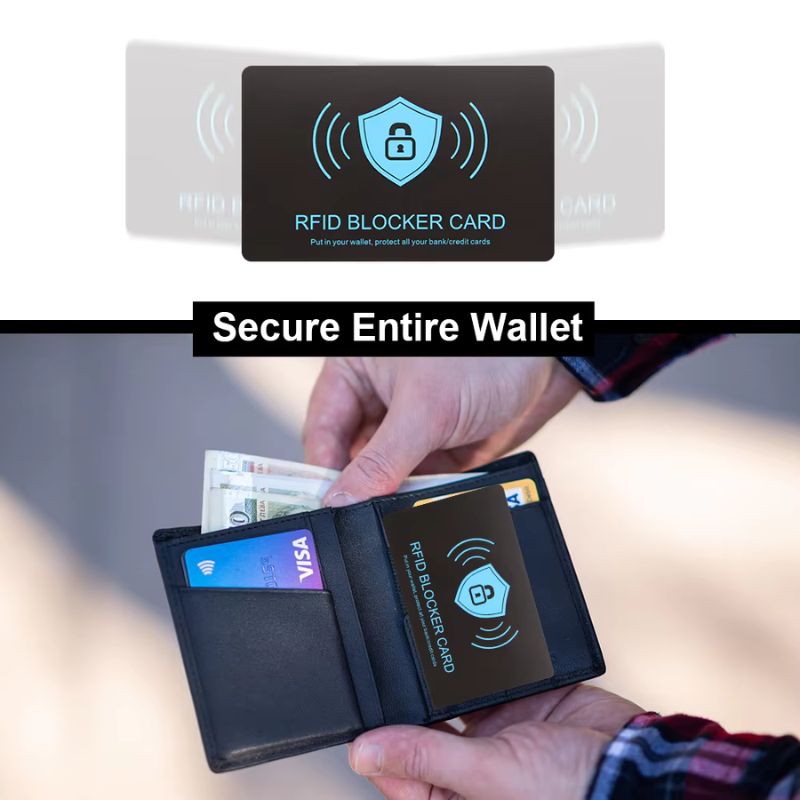
Choosing the Right RFID Card for Your Needs
When selecting an RFID card, consider:
Frequency:
- Low-frequency (LF) cards for short-range access control.
- High-frequency (HF) cards for secure payments.
Power Source:
- Passive RFID cards for cost-effective solutions.
- Active RFID cards for long-range applications.
Security Features:
- Look for encryption and RFID-blocking capabilities.
“Selecting the right RFID card ensures optimal performance and security for your application.”
FAQs About RFID Cards and RFID Blocking
How secure are RFID cards?
RFID cards are highly secure, especially when equipped with encryption and paired with RFID blocking solutions.
What is the difference between active and passive RFID cards?
Active cards have a battery for extended range, while passive cards rely on the reader’s power and have a shorter range.
Do I need an RFID-blocking wallet?
If you use contactless cards for payments or access, an RFID-blocking wallet is a smart investment to prevent unauthorized scans.
Can RFID cards be used for inventory tracking?
Yes, RFID cards and tags are widely used for tracking assets and inventory across the supply chain.
What are RFID tags, and how are they different from RFID cards?
RFID tags are smaller and used for labeling items, while RFID cards are larger and often used for access control or payments.
Comments
Hot Products
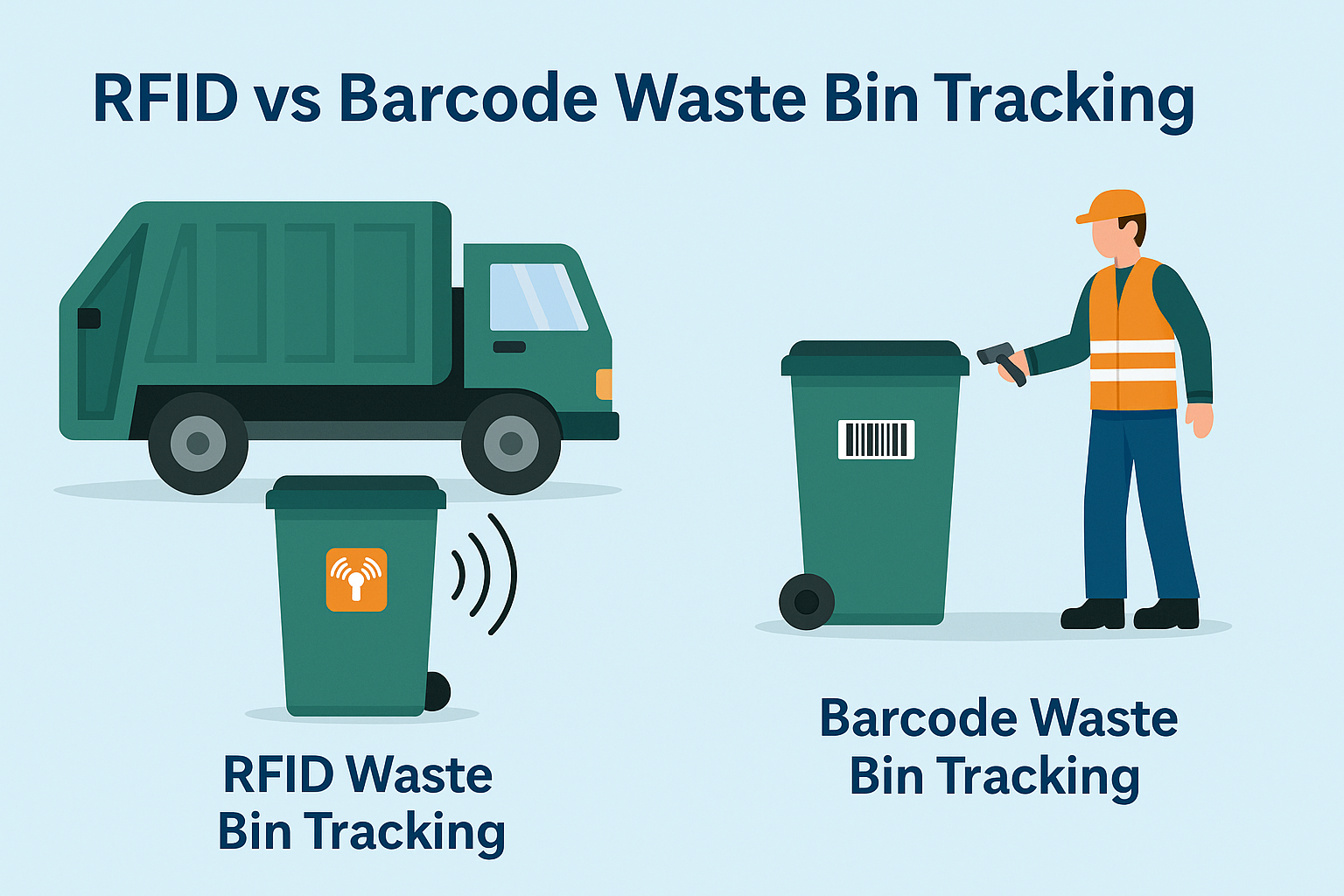
What Is RFID Waste Management
Imagine a city where every trash bin speaks — not literally — but through a tiny chip that tells the system when it’s full, when it’s emptied, and where it went. That’s what RFID waste management is doing today.

What are Bolt Seals and their Applications? | Complete Guide
In global trade and logistics, bolt seals play a crucial role in ensuring cargo security and compliance. These small but powerful devices are designed to lock shipping containers, trailers, and cargo doors with a tamper-evident mechanism.
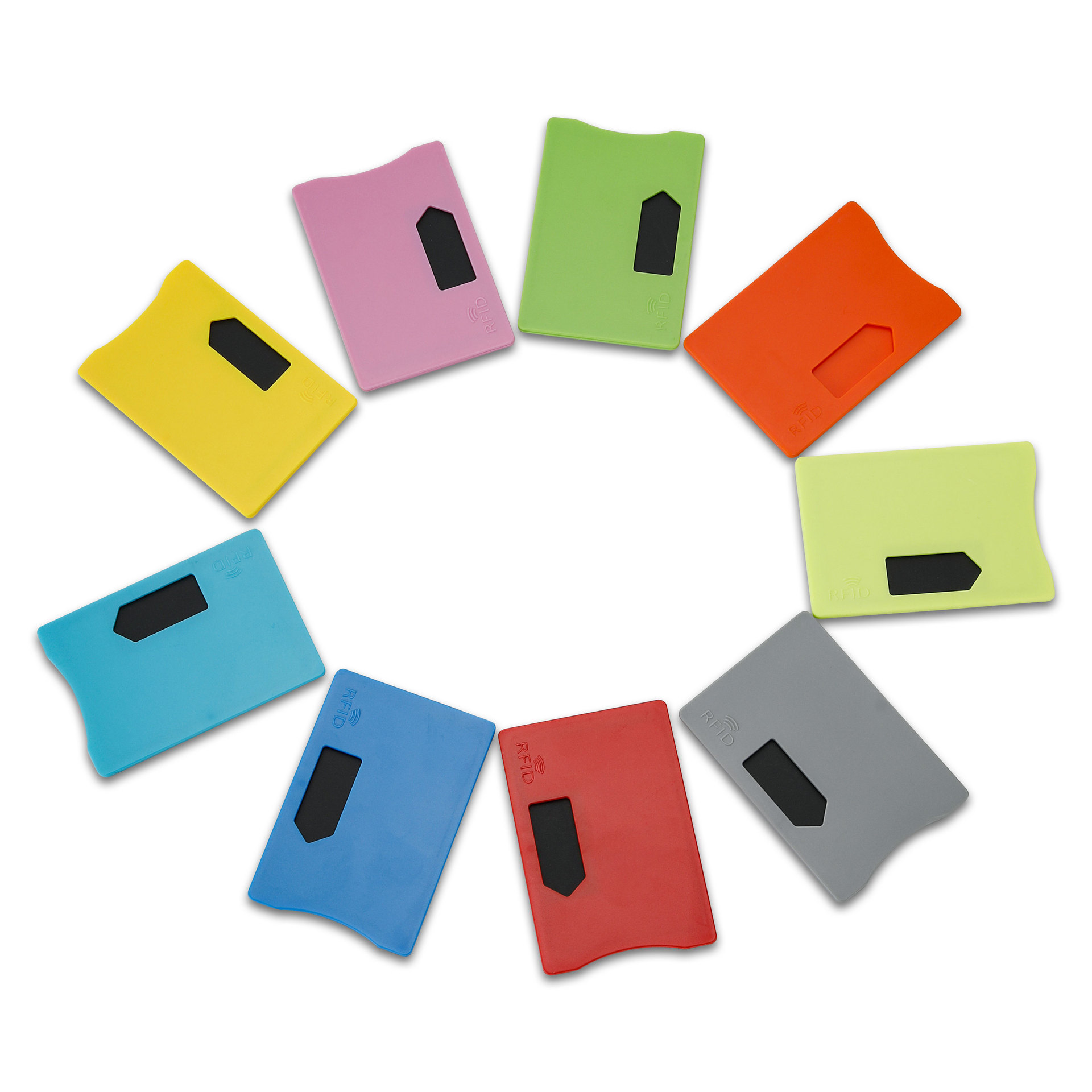
What is an RFID Card Protector? Benefits, Use Cases, and Buying Guide
RFID technology (Radio Frequency Identification) is everywhere: in your credit cards, ID badges, transit passes, hotel room keys, and more. It offers speed and convenience, but it also opens the door to a new kind of digital theft called “skimming.” That’s where an RFID card protector comes in.
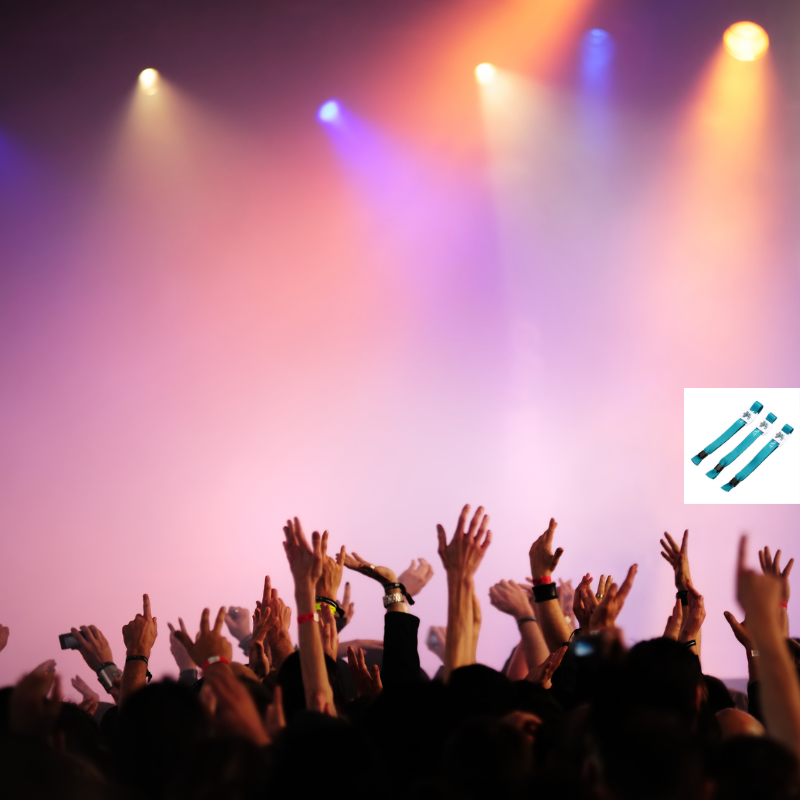
RFID Wristbands for Events: Bulk Buying Guide for Organizers
RFID wristbands for events are becoming the go-to solution for organizers who need faster entry, fraud prevention, and cashless payments at concerts, festivals, and sports venues. Unlike paper tickets or QR codes, these smart wristbands use embedded chips to streamline access, secure transactions, and improve the guest experience.

How RFID Tag on Windscreen Improves Vehicle Access Control and Toll Systems
In today’s fast-paced world, vehicle identification needs to be quick, secure, and contactless. An RFID Tag on the Windscreen provides exactly that — a reliable way to manage toll collection, parking, and gated access without stopping vehicles.
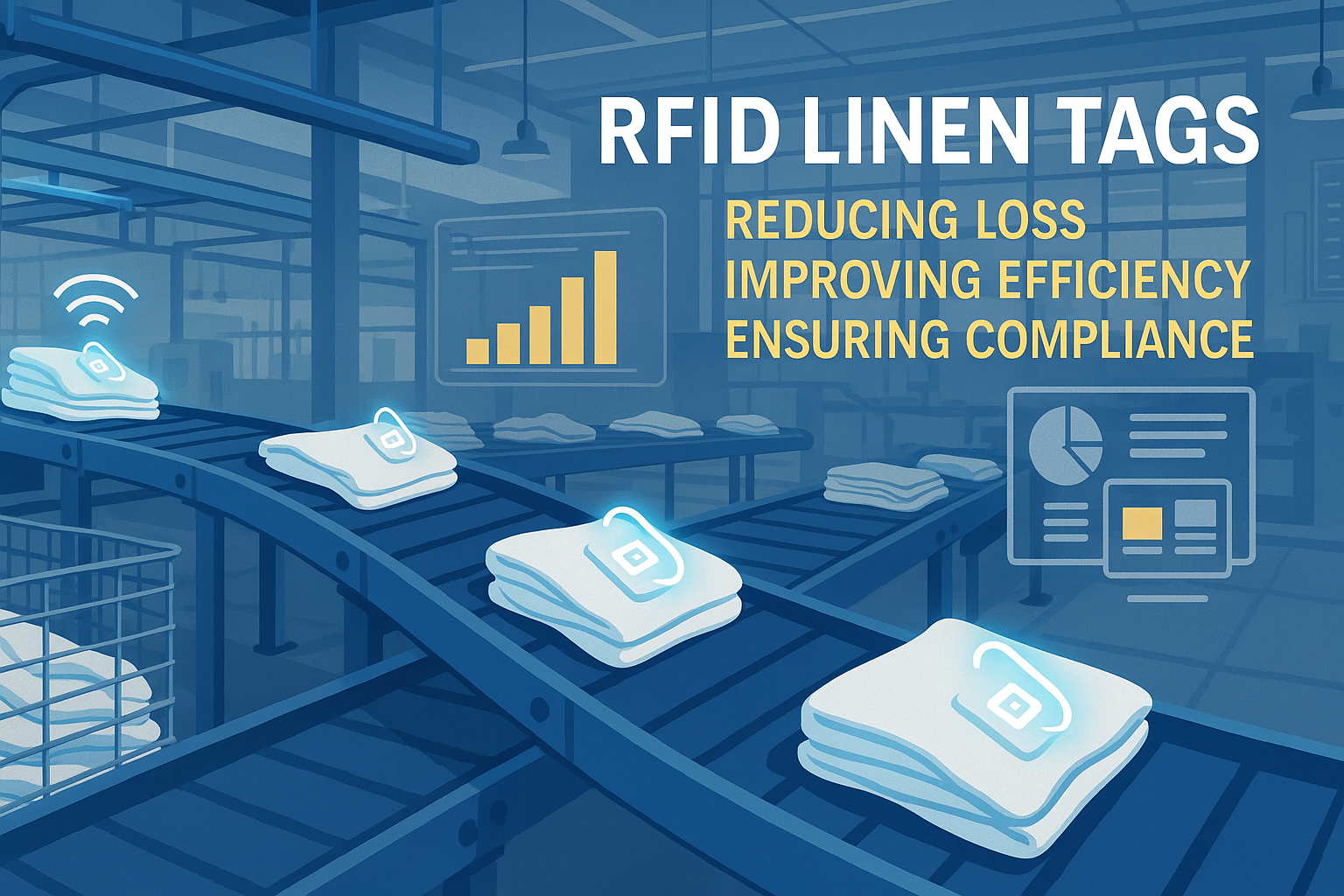
The Benefits of RFID Linen Tags in Commercial Laundry
Managing laundry in hospitals, hotels, or large laundry services is a big job. Each day, thousands of sheets, towels, and uniforms are washed, sorted, and sent back out. But problems like lost linens, sorting mistakes, and manual counting can cost companies a lot of money. For example, mid-sized hotels can lose over $200,000 each year from missing linens.
That’s where RFID Linen Tags come in.
Tags
RELATED BLOGS

What Is RFID Waste Management
Imagine a city where every trash bin speaks — not literally — but through a tiny chip that tells the system when it’s full, when it’s emptied, and where it went. That’s what RFID waste management is doing today.

What are Bolt Seals and their Applications? | Complete Guide
In global trade and logistics, bolt seals play a crucial role in ensuring cargo security and compliance. These small but powerful devices are designed to lock shipping containers, trailers, and cargo doors with a tamper-evident mechanism.

What is an RFID Card Protector? Benefits, Use Cases, and Buying Guide
RFID technology (Radio Frequency Identification) is everywhere: in your credit cards, ID badges, transit passes, hotel room keys, and more. It offers speed and convenience, but it also opens the door to a new kind of digital theft called “skimming.” That’s where an RFID card protector comes in.

